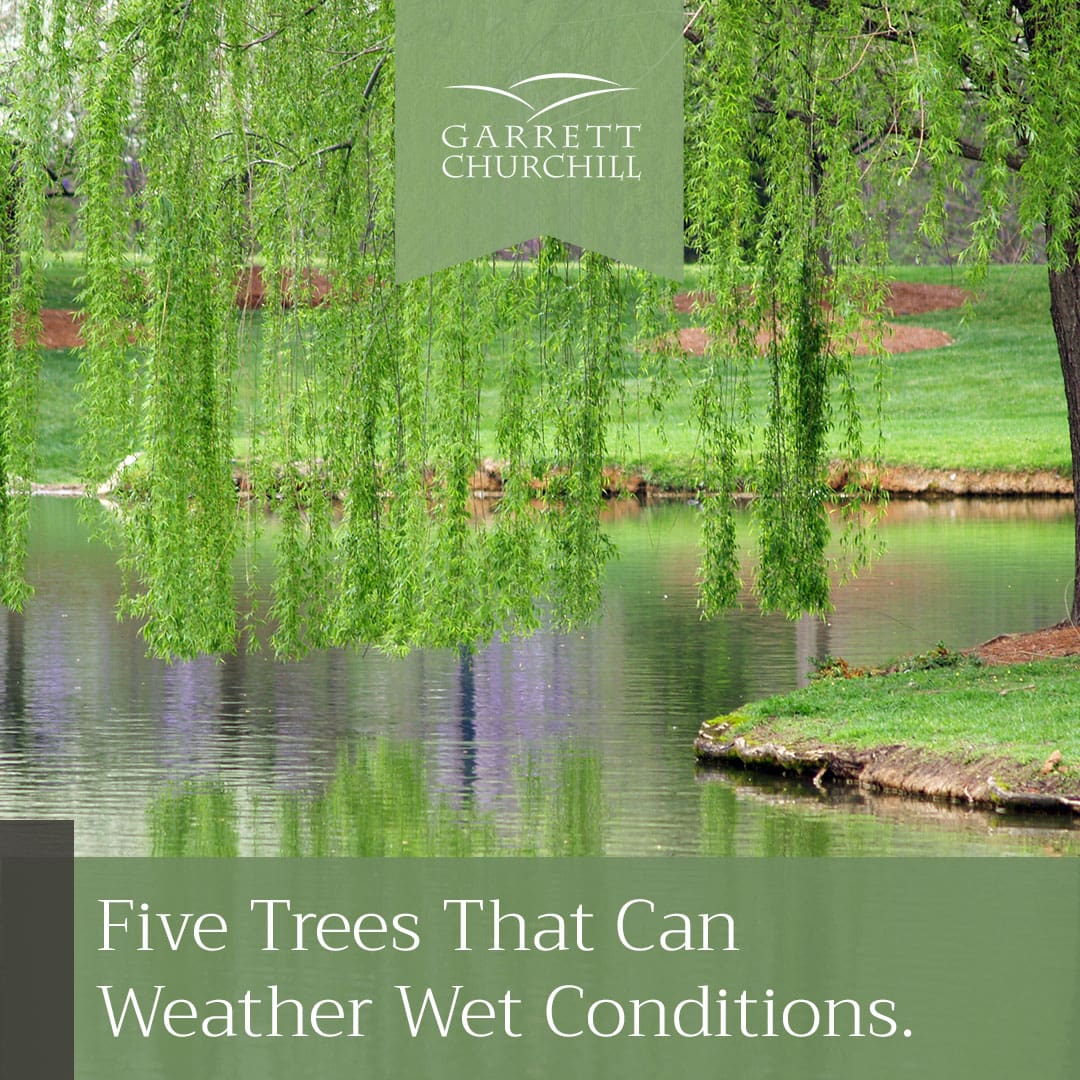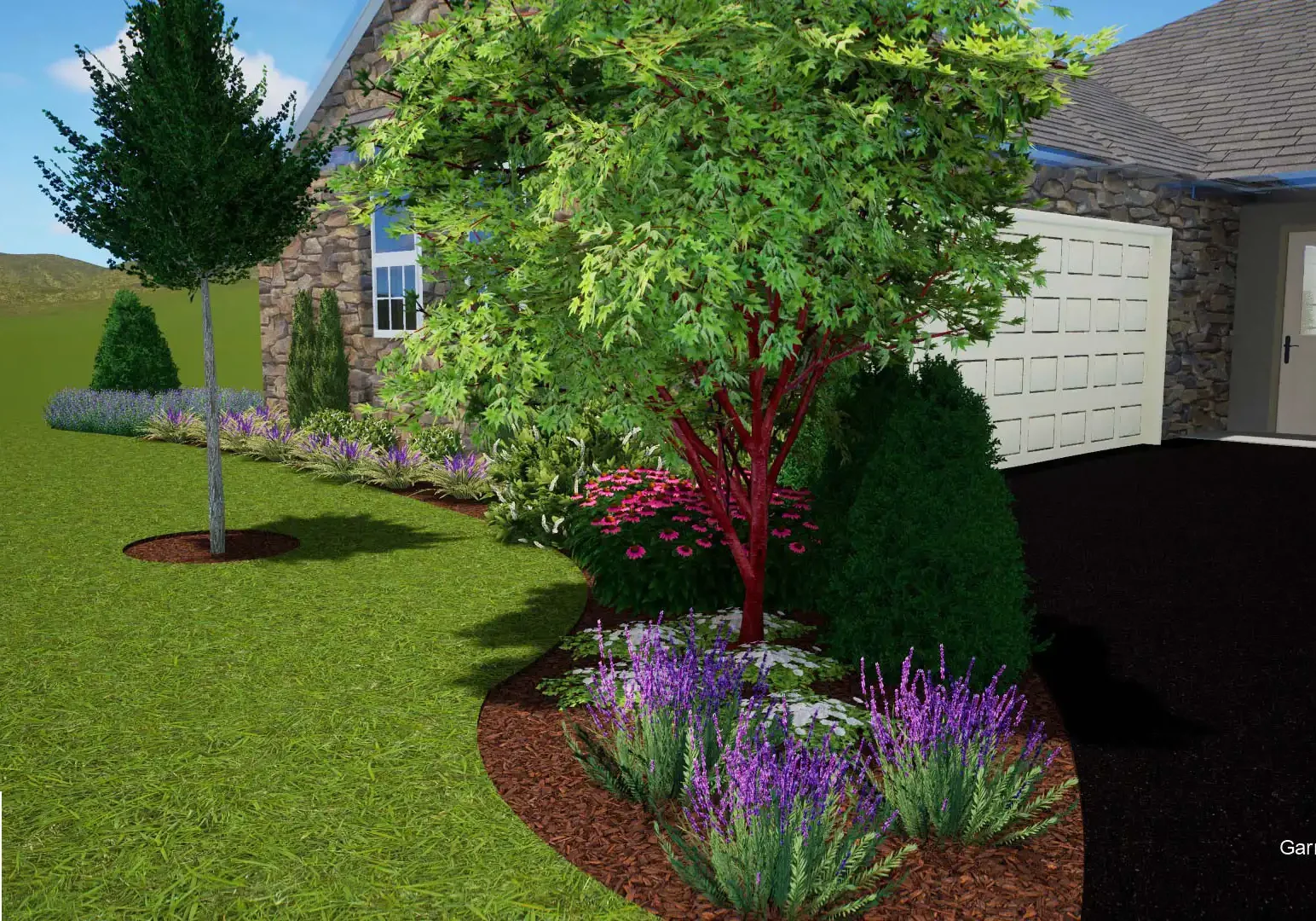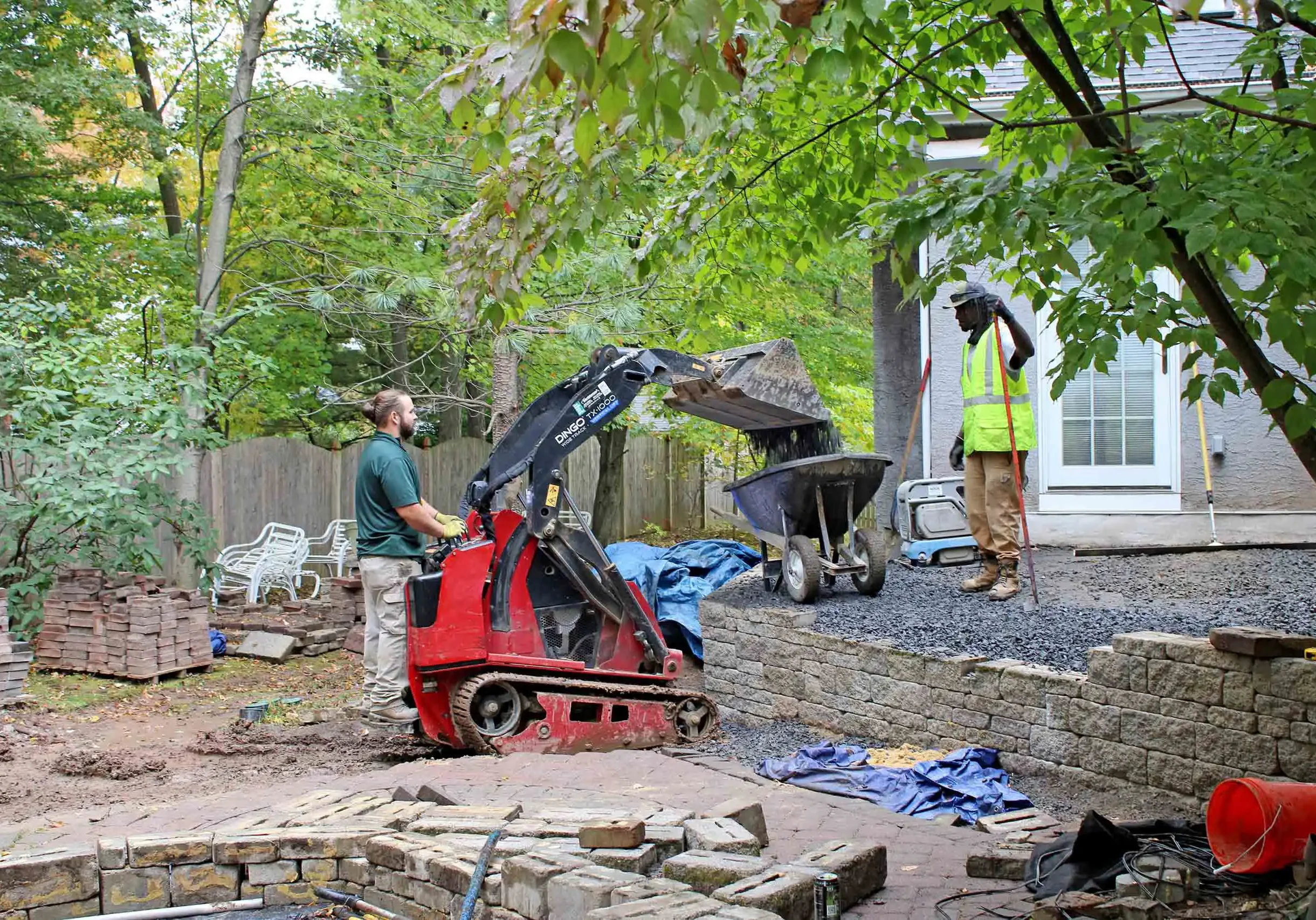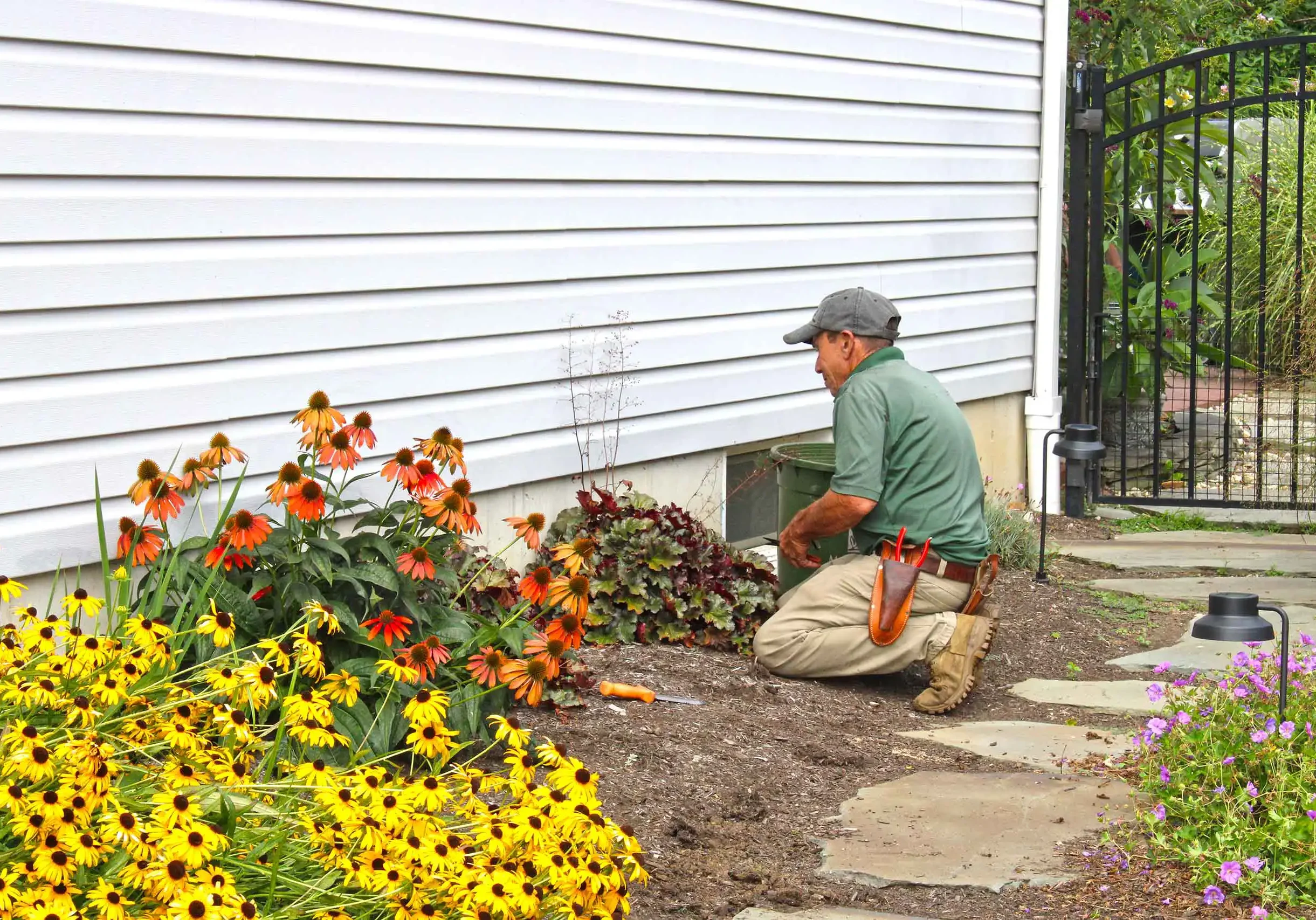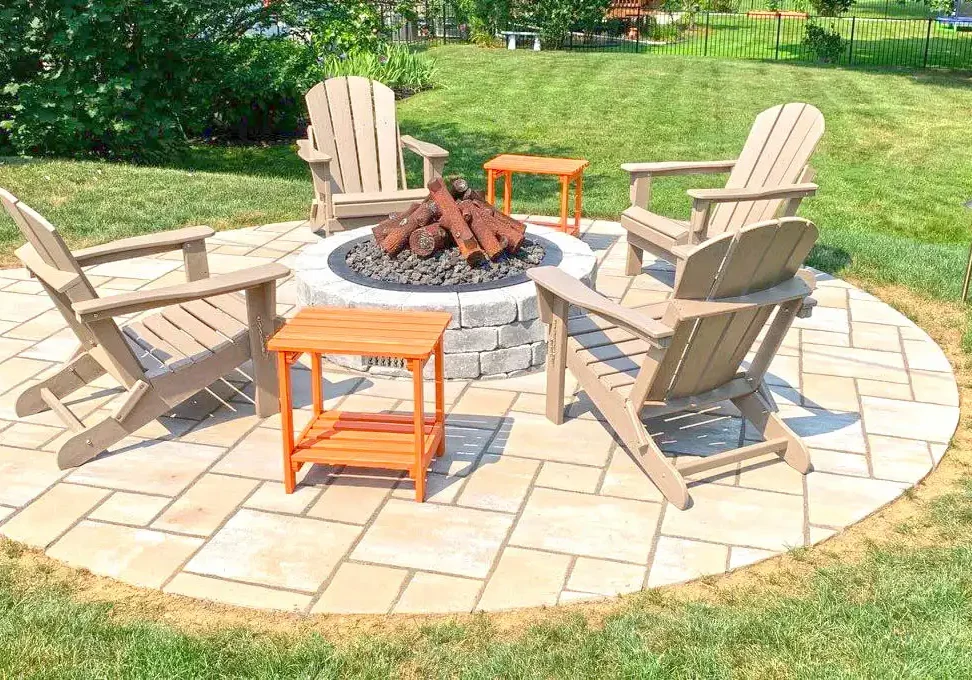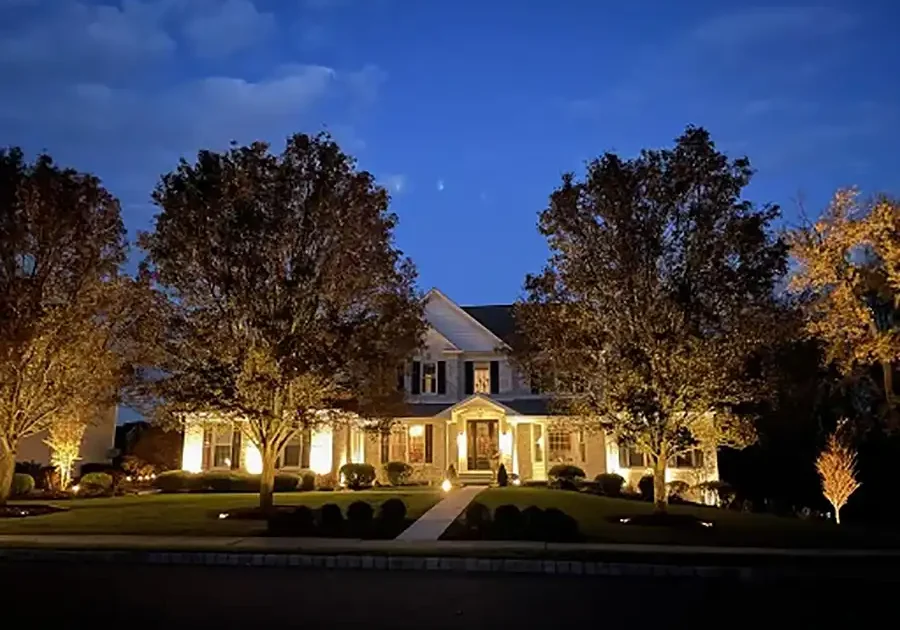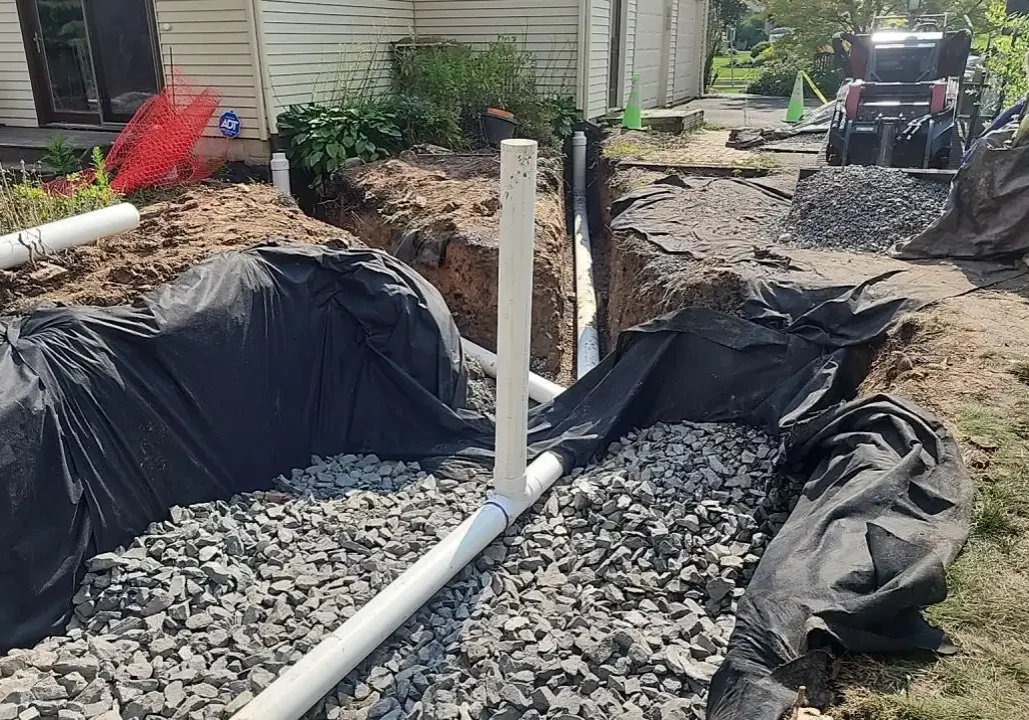Five Trees That Can Weather Wet Conditions
Selecting the right plants for your soil and weather conditions is essential for creating and maintaining a healthy garden. While soggy soil from standing water can negatively affect some root systems, there are a few trees that actually thrive in damp soil.
Read on for five trees that tolerate and thrive in moist soil conditions.
Where to Plant Water-Loving Trees
Many trees struggle in damp areas when their roots have limited or no breathing space. However, some trees have adapted to wet conditions by developing roots that can grow with less air. As a result, these trees can flourish in marshy spaces where less adaptable trees can die.
If you purchase trees that grow well in wet soil, it is best to plant them where they will thrive: beside a body of water or in low-lying spots where water accumulates. The plants you place in these areas should exist in similar natural locations.
Five Trees That Can Weather Wet Conditions
Here are five different trees that flourish in wet environments:
1. Red Maple (Acer rubrum)
Red Maples grow in the Eastern deciduous forests of North America. They get their name from the red flowers, red fruit, red twigs and red foliage they produce. These trees grow in hardiness zones 3 through 9, needing partly shady to full sun exposure.
Red Maples can grow up to 40 to 70 feet tall, with their crown of leaves growing up to 50 feet wide. They are incredibly hardy, growing in medium to wet soil. Be mindful that these trees are prone to roots that rise above the soil’s surface. Mulch can shield roots from lawnmowers and help the tree stay hydrated.
Did you know? The Red Maple is the state tree of Rhode Island. The nation’s largest Red Maple lives in the Great Smokey Mountain National Park.
2. White Cedar (Thuja occidentalis)
The White Cedar is an evergreen coniferous tree native to parts of Canada, the Eastern United States and the Great Lakes region. White Cedars grow in a unique narrow pyramid shape, with often twisted trunks. They produce scale-like needles that are fan-shaped and oval-shaped cones that stay on their trees through winter.
White Cedars grow up to 30-50 feet in hardiness zones 2 through 7. These trees are the perfect windbreak in boggy terrain because of their upright triangular shape. White Cedars can tolerate drought conditions from time to time, but they flourish best in wet environments. When planting, allow 10-12 feet between trees to leave ample room for foliage and roots.
Did you know? White Cedar foliage is a favorite food of the whitetail deer. Cedar wood is rot-resistant, which makes it a perfect wood from which to build fences and furniture.
3. Sycamore (Platanus occidentalis)
The American Sycamore is one of the largest and oldest North American native trees. The Sycamore is a type of deciduous tree that is known for its fast-growing nature, as well as its beautiful maple-shaped leaves. They are also famous for their peeling white bark that gives the trunk a mottled look.
Sycamores grow well in full sunlight. Their leaves grow from 4 to 10 inches wide and turn yellow, brown and red during the fall. They flourish in moist soil and can grow up to 70-100 feet tall in hardiness zones 4-9. For best results, plant Sycamores at least 15 feet from your home to ensure you leave ample room for the tree’s root structure.
Did you know? The tree is often divided into secondary trunks near the ground. Sycamore leaves also grow sticky, green buds. These buds contain the leaves that will bloom the following year.
4. Weeping Willow (Salix babylonica)
Weeping Willows grow throughout the Eastern United States, thriving from Michigan to Central Florida and west to Missouri. They are medium to large deciduous trees that carry a stout trunk and open crown of arching stems. They produce finely toothed, narrow green leaves that turn yellow before shedding in the fall.
Weeping Willows thrive in moist soil and grow in hardiness zones 6 through 8. When planted in full sun exposure, these trees can grow up to 30 to 50 feet tall and wide. Be mindful that Weeping Willows are very prone to fungal diseases and may require insecticide to prevent hungry caterpillars and borers from damaging their foliage.
Did you know? Weeping Willows are native to China.
5. Bald Cypress (Taxodium distichum)
Bald Cypresses are deciduous conifer trees that shed their needles in the fall. They acquired the name “bald” cypress because they shed their needles early in the season. The Bald Cypress has brown or gray bark, with foliage that turns tan, brown and orange in the autumn. Native to the Southeastern United States, their branches are sometimes draped with Spanish moss.
Bald Cypress trees flourish in full sunlight with wet soil in hardiness zones 5-11 and may reach 50 to 70 feet tall, and 20 to 30 feet wide.
Botanists have long been fascinated by Bald Cypress “knees,” or knobby, conical structures that grow around the tree base. Don’t be surprised if these harmless growths spring up – especially if your yard has wet, swampy soil.
Did you know? The bald cypress is the state tree of Louisiana. These trees are found along rivers and wetlands and serve an important purpose. They soak up floodwaters and prevent erosion. If you live near a river, pond, or lake, you may benefit from planting a Bald Cypress.
Discuss Your Planting Project with an Expert Landscape Designer
Need a landscaping professional to help spruce up your yard? Our experts can help! Visit http://garrettchurchill.local/planting/ to learn more.
